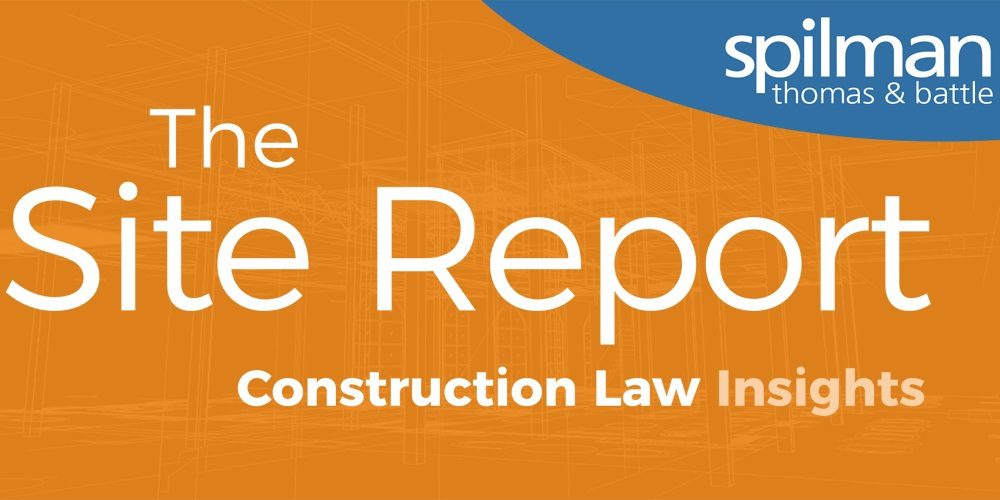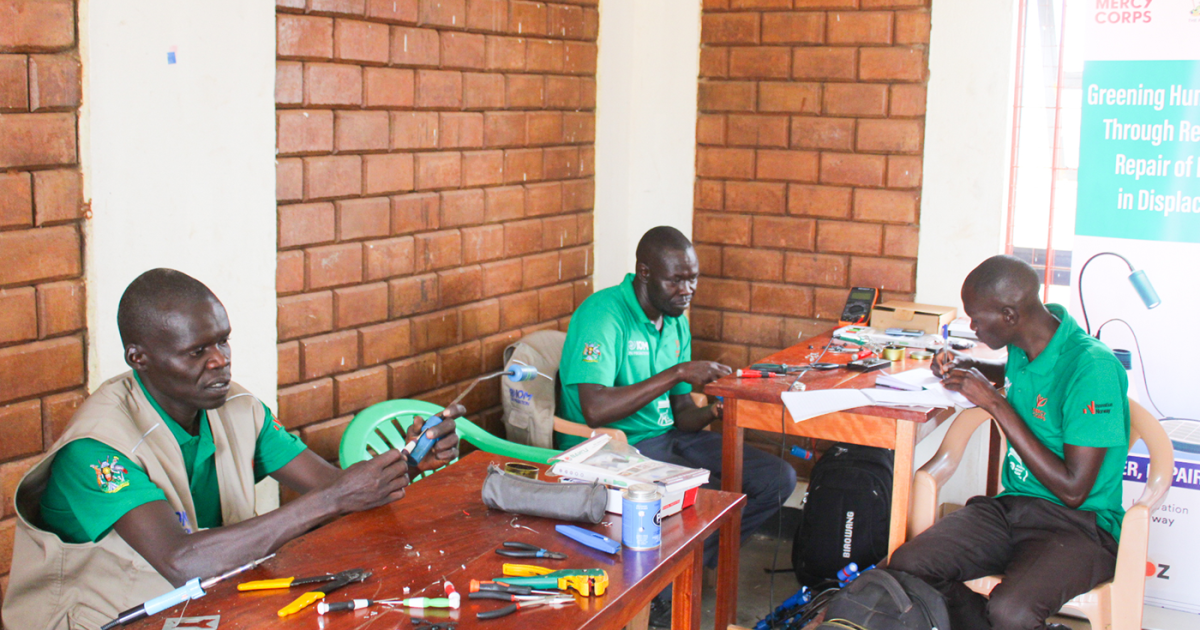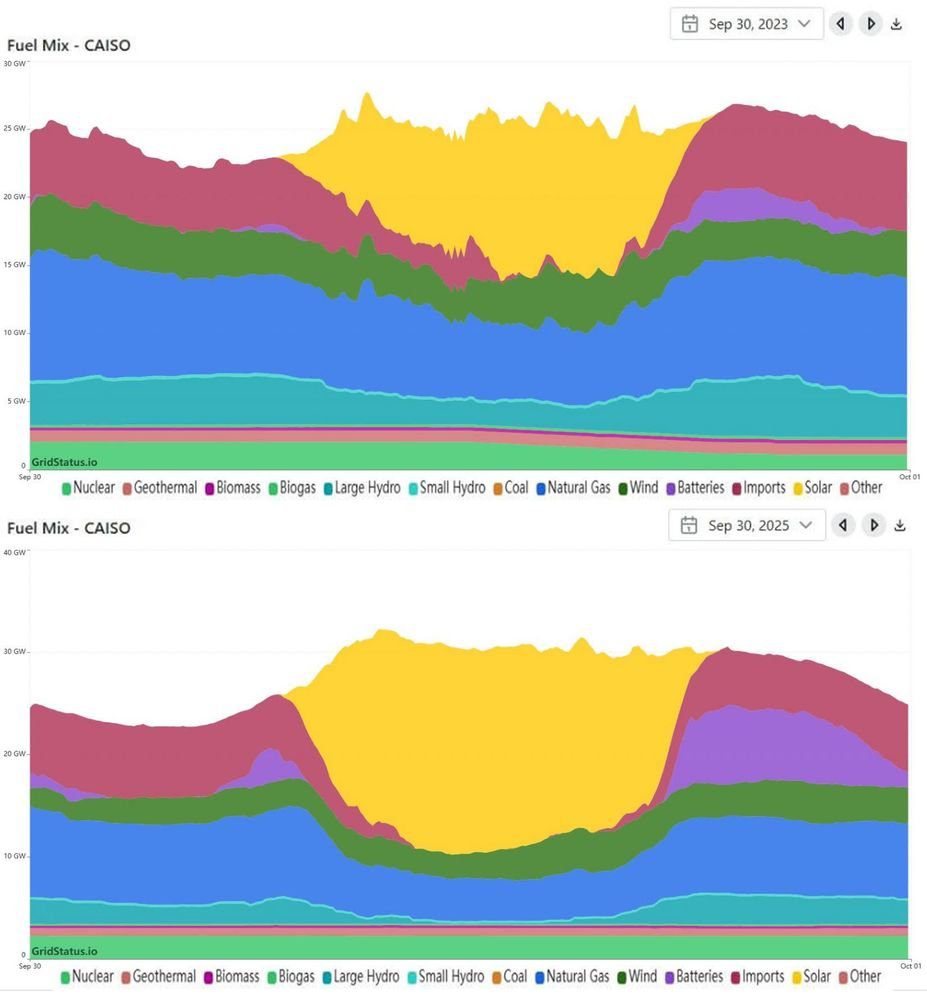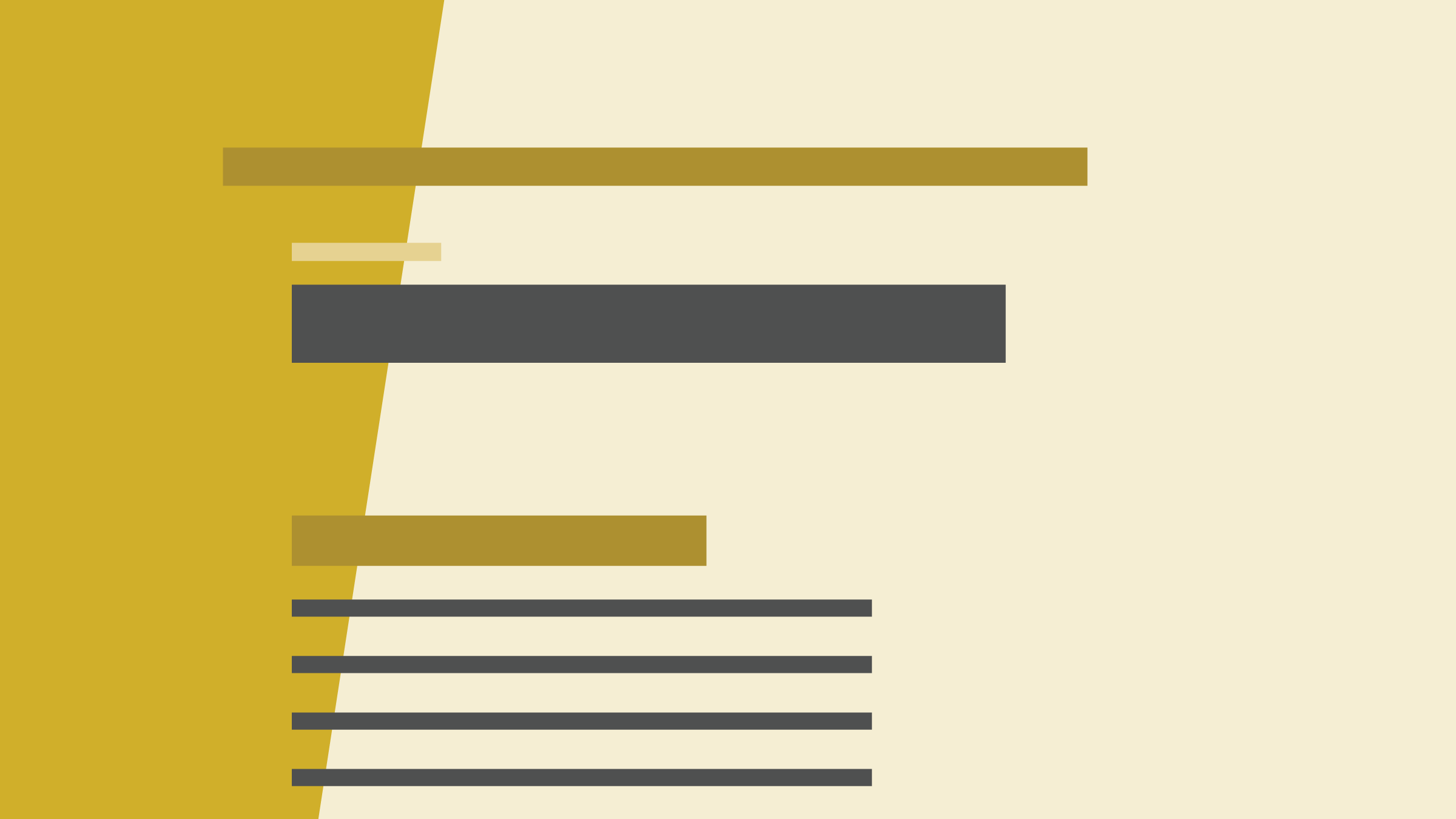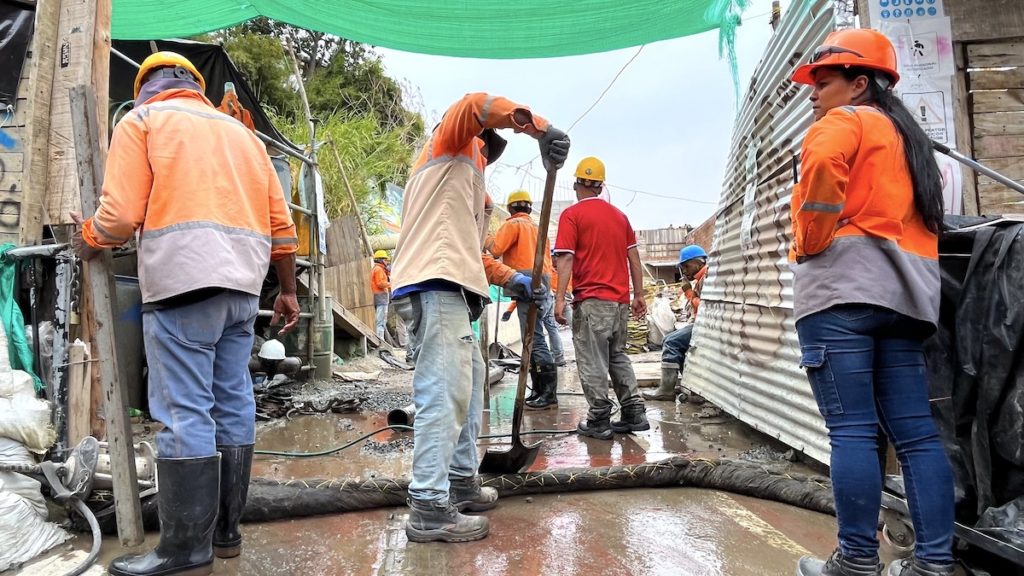South Sudan’s new chief justice has a chance to reform the judiciary – if he’s allowed to do his job – The Conversation

Report on the State of Judicial Independence and Rule of Law in South Sudan
Executive Summary
This report analyzes the recent dismissal of South Sudan’s Chief Justice, Chan Reec Madut, in May 2025, and its implications for the nation’s commitment to the Sustainable Development Goals (SDGs), particularly SDG 16 (Peace, Justice and Strong Institutions). The unconstitutional nature of the dismissal by the executive branch represents a significant setback for the rule of law, judicial independence, and the development of effective, accountable, and transparent institutions as mandated by SDG 16. The appointment of a new Chief Justice, Benjamin Baak Deng, presents an opportunity to address systemic challenges, including corruption (SDG 16.5) and gender inequality (SDG 5), and realign the judiciary with its constitutional mandate.
Constitutional Mandate vs. Political Reality: A Challenge to SDG 16
The Envisaged Role of the Judiciary
South Sudan’s 2011 transitional constitution established a clear separation of powers, with the judiciary tasked with upholding the rule of law. This framework is foundational to achieving SDG 16. Key provisions designed to ensure judicial independence include:
- Appointment and removal of judges by the president must be based on the recommendation of the Judicial Service Commission.
- Removal is restricted to specific constitutional grounds, such as gross misconduct or incompetence, following a formal investigation.
- Judges are granted tenure until the age of 70 to shield them from political pressure.
Systemic Threats to Judicial Independence and Access to Justice
The judiciary faces persistent challenges that directly undermine progress on SDG 16.3 (Promote the rule of law and ensure equal access to justice) and SDG 16.6 (Develop effective, accountable and transparent institutions).
- Executive Interference: The executive branch and military have reportedly exerted pressure on judges to secure favorable rulings. This practice erodes public trust and subverts the legal process.
- Unconstitutional Dismissals: The President has repeatedly dismissed judges without adhering to the constitutional requirement for a recommendation from the Judicial Service Commission. The recent sacking of Chief Justice Madut exemplifies this trend, effectively making judicial tenure subject to presidential discretion rather than constitutional law.
Performance Analysis of the Judiciary and its Alignment with SDG 16.5
Tenure of Outgoing Chief Justice Chan Reec Madut
The tenure of the former Chief Justice was marked by actions that conflicted with the principles of SDG 16, particularly the goal to substantially reduce corruption (SDG 16.5) and ensure impartial institutions.
- Allegations of Corruption and Nepotism: Reports indicate that the former Chief Justice engaged in nepotism, notably through the 2013 appointment of 78 legal assistants, including his daughter, without a formal recruitment process. Such actions contravene the anti-corruption targets of SDG 16.5.
- Compromised Impartiality: The Chief Justice’s public support for a contentious political decision—the expansion of states in 2015—and his subsequent refusal to recuse himself from the resulting legal challenge, compromised the perceived impartiality of the Supreme Court. This undermined public confidence in the judiciary as an accountable and transparent institution (SDG 16.6).
Pathways to Reform: Opportunities for the New Chief Justice
Appointment and Profile of Chief Justice Benjamin Baak Deng
The appointment of Justice Benjamin Baak Deng, a respected judge with a background in international environmental law and experience on the judicial reform committee, signals a potential turning point. His reputation for integrity and competence offers an opportunity to steer the judiciary towards greater alignment with international standards and the SDGs.
Priorities for Judicial Reform and SDG Advancement
The new Chief Justice faces several urgent priorities that are critical for advancing South Sudan’s development goals.
- Enhancing Institutional Capacity (SDG 16.6): A primary focus must be on improving the judiciary’s efficiency by resolving the extensive case backlog and modernizing the working conditions and equipment for judges.
- Upholding Judicial Independence (SDG 16.3): The new leadership must uncompromisingly protect the judiciary from political interference to restore public trust and enforce the rule of law. The President’s public pledge to respect judicial independence must be translated into concrete action.
- Advancing Gender Equality (SDG 5): The judiciary must address the severe under-representation of women. With only 21 of 117 judges being women (18%), the judiciary falls far short of the 35% affirmative action target mandated by the constitution. Achieving SDG 5.5 (Ensure women’s full and effective participation and equal opportunities for leadership) requires a concerted effort to train and appoint qualified female lawyers to judicial positions.
Conclusion
The success of the new Chief Justice in reforming the judiciary is contingent upon a genuine commitment from the government to provide necessary resources and respect constitutional boundaries. Rebuilding the judiciary into an impartial, efficient, and independent institution is fundamental to achieving SDG 16 (Peace, Justice and Strong Institutions) and SDG 5 (Gender Equality), and thereby fostering sustainable development and stability in South Sudan.
SDGs Addressed in the Article
SDG 16: Peace, Justice and Strong Institutions
The article extensively discusses the state of the judiciary in South Sudan, which is a core component of SDG 16. The goal aims to “promote peaceful and inclusive societies for sustainable development, provide access to justice for all and build effective, accountable and inclusive institutions at all levels.” The article highlights significant challenges to this goal, including:
- Threats to the Rule of Law: The president’s unilateral sacking of the chief justice is described as a violation of the constitution, leading to an “erosion of the rule of law and undermining of judicial independence.”
- Lack of Institutional Independence: The article details “political interference” from the executive branch and the military, which renders courts “powerless” and threatens the separation of powers envisaged in the transitional constitution.
- Corruption within Institutions: The former chief justice’s tenure was “characterised by corruption through nepotism and favouritism,” directly impacting the judiciary’s accountability and effectiveness.
- Ineffective and Inefficient Institutions: The judiciary faces challenges like a “massive case backlog” and the need to “improve efficiency in deciding cases,” pointing to a need for institutional reform.
SDG 5: Gender Equality
The article explicitly addresses SDG 5, which aims to “achieve gender equality and empower all women and girls.” This connection is made in the final section discussing the priorities for the new chief justice.
- Under-representation in Public Life: The article points out the severe “under-representation of women in the judiciary,” noting that “Of the 117 judges in the country, only 21 are women.” This highlights a lack of equal opportunities for women in leadership positions within a key public institution.
- Affirmative Action and Legal Frameworks: The analysis references legal obligations to address this imbalance, stating that “The transitional constitution and the 2018 revitalised agreement obligate the government to take affirmative action to address gender imbalances,” with a specific target of “at least 35%… women in every institution of government.”
Identified SDG Targets
-
Target 16.3: Promote the rule of law at the national and international levels and ensure equal access to justice for all.
The entire article is framed around this target. The unconstitutional sacking of the chief justice is presented as a direct threat to the rule of law. The discussion on political interference, the need for judicial independence, and the judiciary’s role in enforcing the constitution all relate to promoting the rule of law and ensuring the justice system can function properly for all citizens.
-
Target 16.5: Substantially reduce corruption and bribery in all their forms.
This target is directly relevant due to the accusations against the outgoing chief justice. The article mentions his legacy includes “accusations of judicial graft” and that his tenure was “characterised by corruption through nepotism and favouritism,” such as appointing his daughter and others “without following the formal recruitment process.”
-
Target 16.6: Develop effective, accountable and transparent institutions at all levels.
The challenges facing the judiciary, such as “massive case backlog,” inefficiency, and the need to improve working conditions, point to the need for a more effective institution. The call for the new chief justice to “uncompromisingly maintain and protect the independence of the judiciary” and the description of the president’s actions divesting the judicial service commission of its “constitutional functions” highlight issues of accountability and transparency.
-
Target 5.5: Ensure women’s full and effective participation and equal opportunities for leadership at all levels of decision-making in political, economic and public life.
This target is explicitly identified as a priority for the new chief justice. The article highlights the need to address the “under-representation of women in the judiciary” and references the constitutional mandate for “at least 35%” female representation in government institutions, which is a clear call for equal opportunities in leadership within the judicial branch.
Mentioned or Implied Indicators
-
Indicator for Target 16.3 (Promote Rule of Law):
While not a formal UN indicator, the article implies a measure of institutional integrity: Adherence to constitutional procedures for the appointment and removal of judges. The central issue of the article is that the president has been “sacking judges without following the constitutional procedures,” which serves as a direct, negative indicator of the state of the rule of law.
-
Indicator for Target 16.5 (Reduce Corruption):
The article implies an indicator related to bribery and nepotism: The number or proportion of public officials appointed through non-transparent or non-merit-based processes. The example of the former chief justice appointing “78 legal assistants, including his daughter, without following the formal recruitment process” is a specific instance that could be tracked to measure progress in reducing this form of corruption.
-
Indicator for Target 16.6 (Effective Institutions):
The article implies an indicator for judicial efficiency: Case backlog and clearance rates. One of the top priorities listed for the new chief justice is to “resolve the massive case backlog and improve efficiency in deciding cases.” Tracking these metrics would measure the judiciary’s effectiveness.
-
Indicator for Target 5.5 (Women’s Participation):
The article provides a direct and quantifiable indicator that aligns with the official SDG Indicator 5.5.1 (Proportion of seats held by women in national parliaments and local governments), but applies it to the judiciary: The proportion of positions in the judiciary held by women. The article provides precise data for this indicator: “Of the 117 judges in the country, only 21 are women,” which “equate to 18%,” against a national target of 35%.
SDGs, Targets and Indicators Analysis
| SDGs | Targets | Indicators (Mentioned or Implied in the Article) |
|---|---|---|
| SDG 16: Peace, Justice and Strong Institutions |
|
|
| SDG 5: Gender Equality |
|
|
Source: theconversation.com

What is Your Reaction?
 Like
0
Like
0
 Dislike
0
Dislike
0
 Love
0
Love
0
 Funny
0
Funny
0
 Angry
0
Angry
0
 Sad
0
Sad
0
 Wow
0
Wow
0















;Resize=805#)


